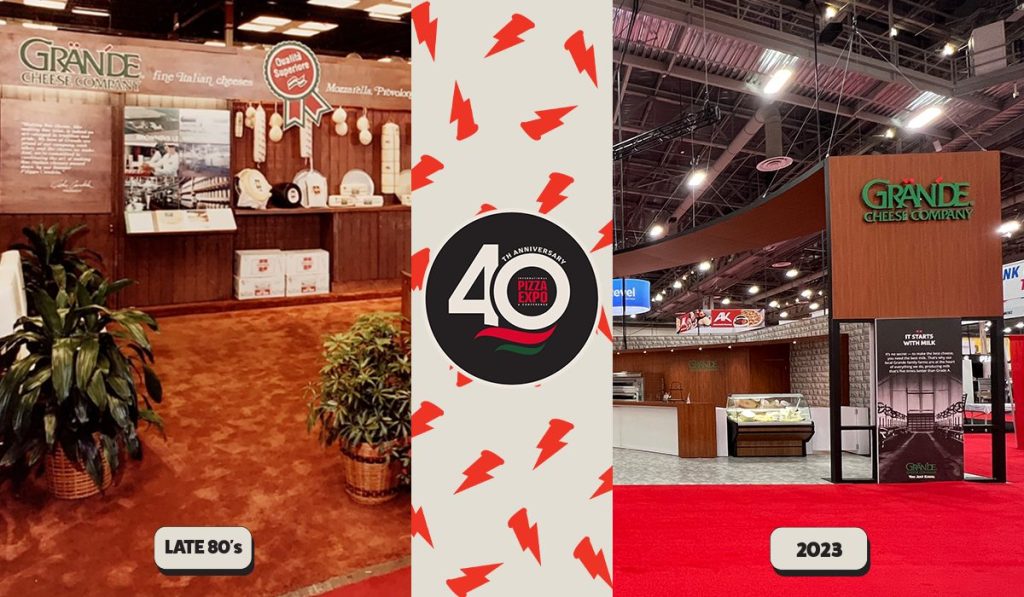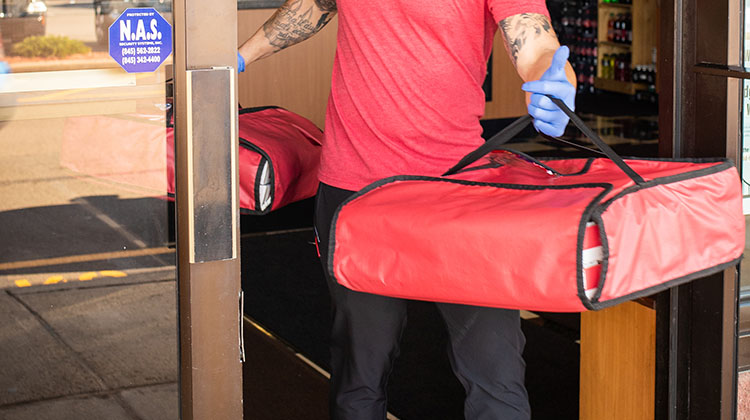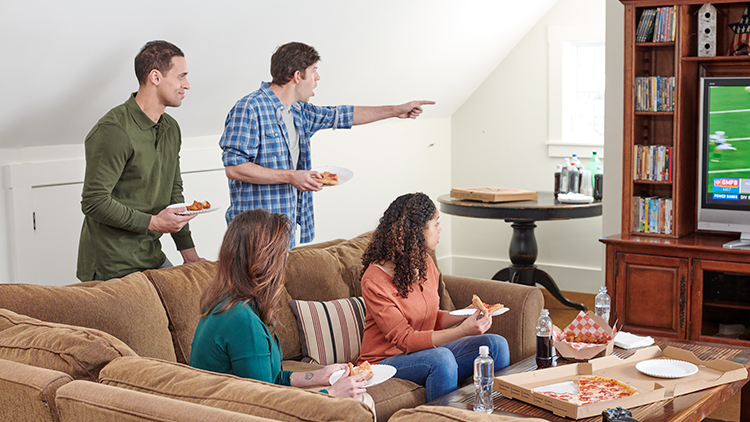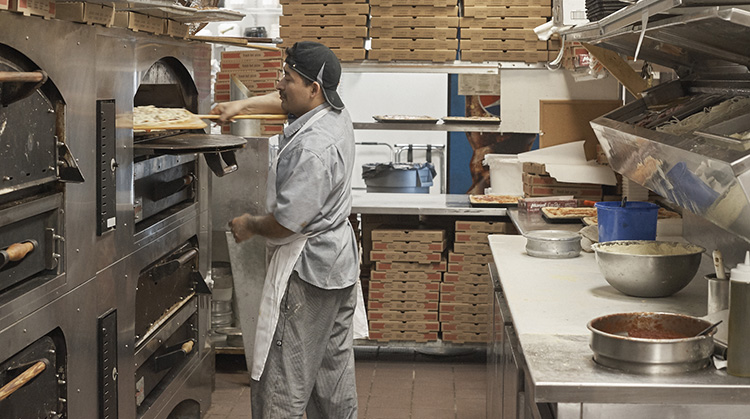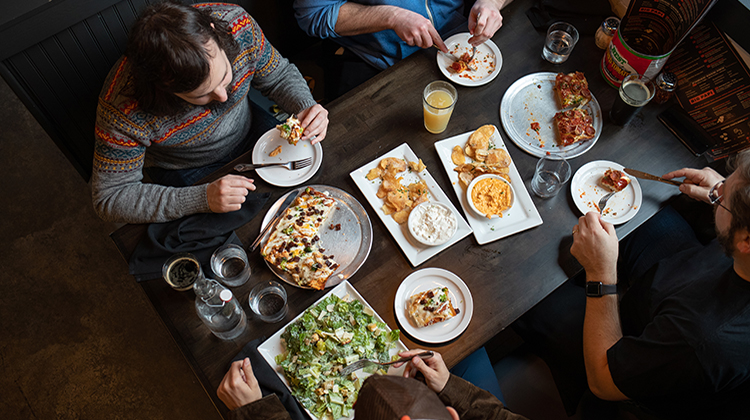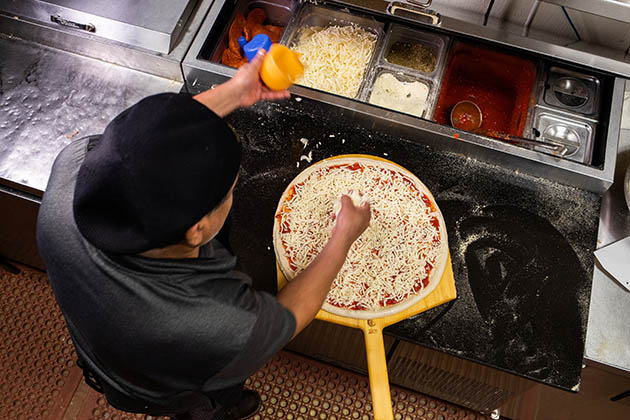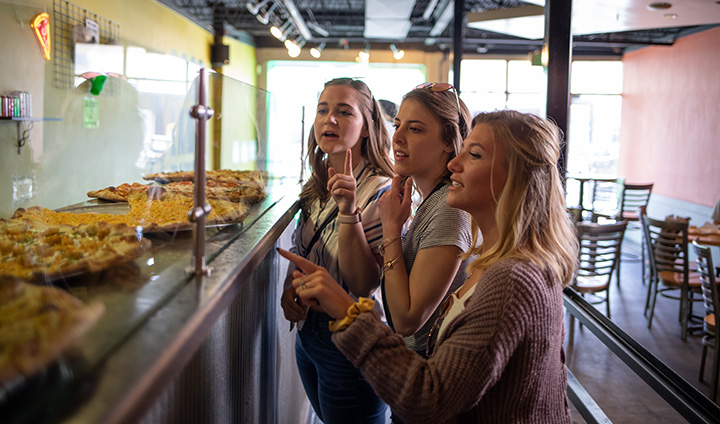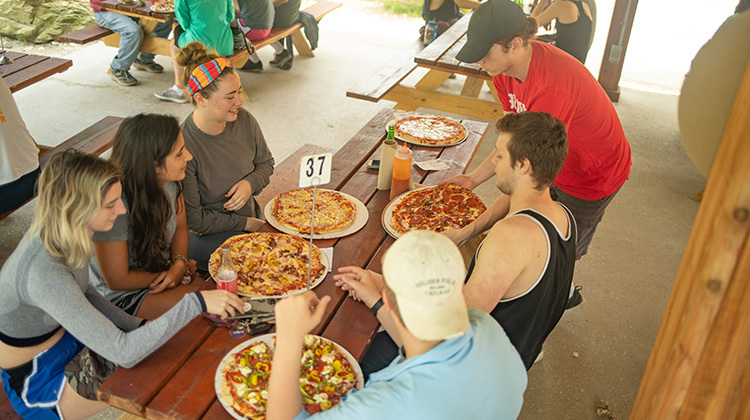The basic concept of a ghost kitchen has existed for a long time as a way to leverage underutilized commercial space in restaurants and hotels. But, it was primarily for specialized uses, like recreation and entertainment venues. The pandemic sparked widespread interest, enthusiasm and investment in ghost kitchens as a way to meet growing consumer needs for food delivery. Many people in foodservice are wondering, “do ghost kitchens have staying power or are they a fad?”
What exactly are ghost kitchens? Should I care?
- Ghost kitchens are virtual restaurants that are highly efficient delivery-only food operations that leverage app technology for ordering, so there is no direct contact with patrons other than delivering the food.
- The virtual model reduces the overhead expenses of a traditional restaurant due to lower staffing levels and more efficient food preparation in a smaller space.
- There is less emphasis on finding the best (most expensive) real estate locations since the operation will not have any brick and mortar walk-up guests.
- There are fewer financial risks and shorter timelines to launch new restaurant concepts and greater flexibility with rotating in and out new menu items.
- As of September 2020, ghost kitchen sales reached 53% year-over-year growth and roughly $500 million for the quarter.1
With the spike in consumer demand for delivery of high-quality, craveable foods, pizza has been one of the heroes of the pandemic. As dine-in restrictions grew, some pizza restaurants may have temporarily converted to a ghost kitchen concept to expand their capacity to fulfill delivery and carryout orders. Generally speaking, ghost kitchens focus on offering a variety of foods beyond pizza, which has the potential to encroach on the pizza delivery market as overall restaurant capacity increases.
How are ghost kitchens evolving in the marketplace?
Almost simultaneously, there have been similar models or variations built on the basic ghost kitchen model. Here are some of the current models:
- Dark kitchens prepare meals for delivery within a traditional brick-and-mortar restaurant on behalf of another restaurant. However, these operations also offer takeout and curbside pick-up so there can be a direct relationship with the consumer. Dark kitchens include well-established restaurants that pivoted during the pandemic.
- Newly created virtual brands operate out of an existing chain location as an added revenue stream to make up for lost in-house dining sales, so there is a direct link between the established chain brand and the virtual brand. The chain even promotes this relationship, so consumers have a line of sight to brand linkage. For instance, Brinker International (parent company of Chili’s and Maggiano’s) started an “It’s Just Wings” virtual brand run out of current Brinker locations.
- DoorDash Kitchens offers a shared commissary kitchen that serves as a turnkey operation for creating virtual concepts with multiple brands. With one single order, the consumer can mix and match from any of the brands operating from the same commissary. This brings consumers the convenience and variety they want in a single deliver.
A number of new businesses are building scale to take leadership positions with ghost kitchens. Some of the early leaders in the USA and Canada are:
- Kitchen United MIX* delivers delicious food options to hungry communities who crave variety; while also providing local restaurant businesses with streamlined operations support within clean, safe, state-of-the-art kitchen facilities.
- Cloud Kitchen* provides commercial kitchens built for delivery – designed for speed, quality, and scale to easily launch a ghost kitchen with low risk and capital.
- Ghost Kitchen Brands* has partnered with famous food brands, iconic consumer packaged goods and the best technology companies in an effort to deliver products to Canadians everywhere.
*Source: company websites
What do consumers think?
Although the pandemic created the environment for ghost kitchens to flourish, only about 16% of all consumers (30% of millennials)1 are confident they have ever ordered from a ghost restaurant. The quickly changing market in 2020 created some confusion with consumers since so many restaurants were in transition.
However, 57% of consumers said they are open to trying a ghost kitchen with many feeling it has “cool factor”.1 In fact, the vast majority (75%) of consumers would seek to support a ghost kitchen, if it was a local restaurant impacted by the pandemic.1
Consumers continue to seek out more food transparency, so many of them are uneasy with the whole ghost kitchen concept. About half (55%) of consumers feel it is dishonest for a restaurant to sell the same food under a different ghost kitchen brand name.1 To alleviate these concerns, 67% of consumers feel there should be a requirement to provide the actual restaurant name and physical address of the operation.1 This would give consumers peace of mind with the legitimacy of the operation and confidence they can resolve problems with the food order or the service they received.
The pandemic created a major disruption in our ability to socialize over a great meal with family and friends. Ghost kitchens are betting that enough consumers have adopted a permanent need for the delivery-only food experience.
As restaurant capacity increases, there may be a role for ghost kitchen concepts to benefit from topline industry growth. But, the growth of ghost kitchens may come at the expense of pizza and other key delivery segments.
Ghost kitchens seem counterintuitive to the pent-up demand for consumers to return to normal where we can all socialize over a meal. Perhaps, the long-term opportunity with ghost kitchens and other models will be to satisfy the consumer need to socialize at home, but still want a variety of different food from a number of their favorite restaurants.
